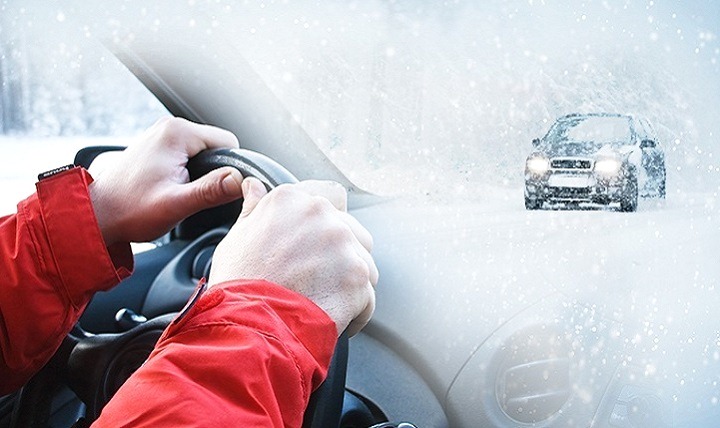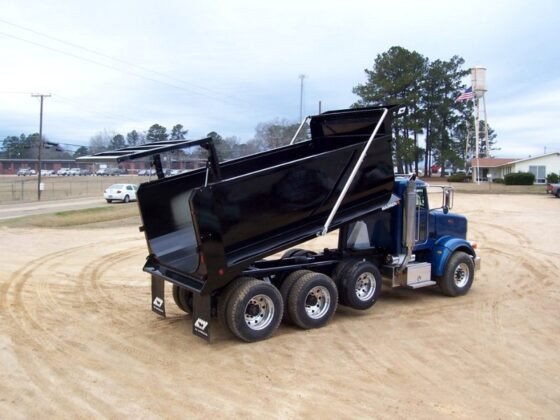Table of Contents Show
One of the hazards of winter is the ice and snow covered roads which makes driving dangerous. When driving in the snow, your windscreen might get covered in snow, affecting your visibility. The ground might also be too icy, affecting how your tires move.
It is highly advisable that you avoid driving in a snowstorm or on icy roads. Still driving in the snow is hardly ever planned for. While there are urgent situations when you feel you need to go out despite the weather situation, there are also times when it starts snowing unexpectedly. You could head out in a calm weather and then on your return back from your outing, a snowstorm begins.

Most Significant Snow and Ice Driving Tips
In any situation of driving in the snow, there are some important driving tips which can help you get home safely. These tips include:
Prepare Your Car for Winter
Preparing your car for winter is very important except the winter situation in your area is extremely minimal. To prepare your car, check your anti-freeze to ensure it’s in the right proportion to avoid overheating.
Ensure you have a good place to shelter your car during the winter like a garage. If you don’t have a garage for your car, you can spray your driveway with salt using a Tailgate salt spreader to melt the ice so your tires don’t sink. Check out your heater system – it is very important that it works. Maintain fluids in your car regularly.
Always Have Your Seatbelt On
It has been established that driving in the snow and ice is dangerous so always ensure you have your seatbelt on when driving. When driving in snow accidents can happen in the blink of an eye. It’s not always as predictable as regular road accidents. Putting on a seatbelt can save your life. If your seatbelt has any fault, ensure you fix it before winter.
Drive Carefully
It is always advisable to drive carefully in any of the four seasons but when driving on an icy road, you need to take this advice more seriously. When the snow starts to accumulate on the road, make sure you slow down.
If the snow because so much that your windscreen gets covered most of the time, slow down and put on your taillights. Take the 3-4 seconds rule of giving the car in front of you that much gap. This is important so that if anything goes wrong with that car you can be far enough from it to avoid it.
Accelerate and Use Your Brake With Caution
When driving on an icy road and in the snow, be careful on how you accelerate your car and how you use your brake. This is because icy roads are 100% slippery and despite how much control you think you have on your car, the car might slide out of control at any time.
Accelerating too fast can cause your car to lose traction and spiral out of control. You need to stay relaxed when driving in a snow and remind yourself that the aim is to arrive at your destination alive.
Stay On Alert
Keep all your senses heightened when driving in the snow. Give no space for distractions. Avoid making phone calls, eating or arguing when driving on the phone. If listening to the radio can make you occasionally lose focus on the road, then drive in absolute silence.
As stated earlier, anything can go wrong in a split second of driving on icy roads, so keep your eyes on the road and listen for any horns or alerting sounds from other cars.
Check the Weather Before Going Out
One way to avoid having to drive in the snow at all is to check the weather before going out. Weather reports might be inaccurate sometimes but it wouldn’t hurt to check them before making plans. Also, the chances of a weather report being wrong are very low so don’t use it as an excuse to wave off checking.
Always Have an Emergency Kit
Make sure you prepare an emergency kit for unpleasant situations in your car. Your kit should include flashlight and batteries, flares, candles, matches, spare phone batteries, battery open radios, a blanket, a sleeping bag, a little first aid kit, some snacks, a little shovel and whatever other items you know you’ll need if you ever get stranded.
This emergency kit is basically a survival kit that can keep you through the night if you get stranded on the road.
Drive-In Tire Tracks
When driving in the snow, stick to tire tracks. Tire tracks are often paths in between the snow which other cars tires have made available. Driving in tire tracks makes driving easier than trying to drive on thick uneven snow. Driving on uneven snow can sink your tires or make controlling the wheel difficult.
Stay on Your Lane
When driving in the snow, don’t try driving on the wrong lane. A lot of people decide to drive in a lane designed to move in an opposite direction because it’s a faster way to get to their destination. In the snow, this is extremely dangerous.
Even when the road is less busy, ignore the shortcut benefit of driving on another lane and follow the right process. Snow and icy roads make driving difficult as it is, driving in the wrong lane is basically just you asking for an accident.
Always Let Someone Know Where You’re Going
When driving in the winter, always tell your family member or housemate where you are headed. Unplanned situations can arise when driving in the snow and if anything goes wrong, it is best someone knows where to find you.
To reduce snow and ice on your driveway or on your street, you can make use of salt to melt the ice. Tailgate salt spreader is a very effective tool for this purpose. Follow these driving tips listed above and stay safe this winter!
Author Bio
Thomas M. Strother is the blogger at spreaders.com which specialize in making spreaders and dump trucks from last 24 years. They provide quality products in agricultural areas like lime and fertilizer spreader, construction and other needs from tailgate salt spreader to litter spreader. They make sure that customer requirements are full filled.










